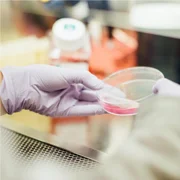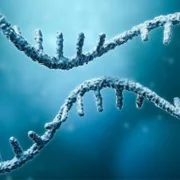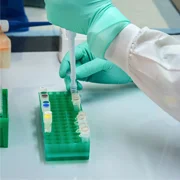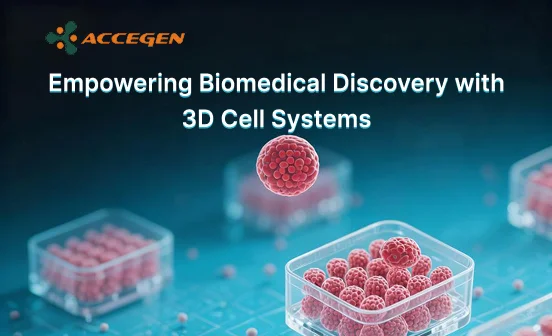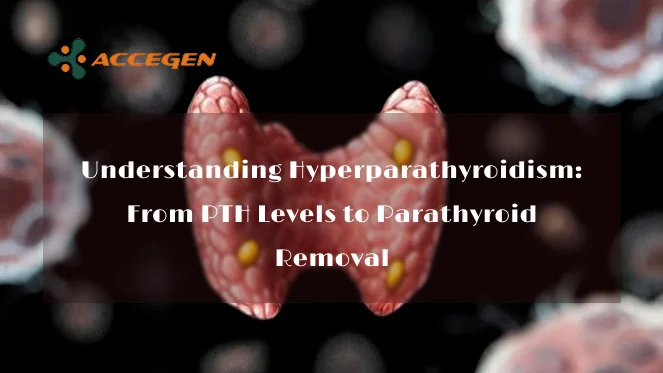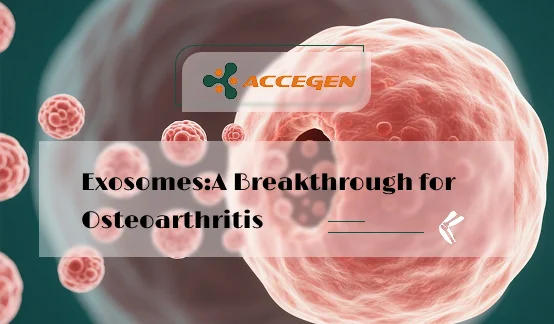- In-Stock Tumor Cell Lines
- Human Orbital Fibroblasts
- Human Microglia
- Human Pulmonary Alveolar Epithelial Cells
- Human Colonic Fibroblasts
- Human Type II Alveolar Epithelial Cells
- Human Valvular Interstitial Cells
- Human Thyroid Epithelial Cells
- C57BL/6 Mouse Dermal Fibroblasts
- Human Alveolar Macrophages
- Human Dermal Fibroblasts, Adult
- Human Lung Fibroblasts, Adult
- Human Retinal Muller Cells
- Human Articular Chondrocytes
- Human Retinal Pigment Epithelial Cells
- Human Pancreatic Islets of Langerhans Cells
- Human Kidney Podocyte Cells
- Human Renal Proximal Tubule Cells
Sarcomas represent a heterogeneous group of rare but highly aggressive malignancies arising from mesenchymal lineages, including bone, muscle, adipose tissue, and cartilage. Bone sarcomas—particularly osteosarcoma and Ewing sarcoma—exhibit especially devastating disease trajectories, disproportionately affecting children and adolescents. Their subtle, nonspecific early symptoms—often mistaken for benign conditions—frequently delay diagnosis, compounding therapeutic complexity.
Sarcomas represent <1% of adult malignancies yet account for ~15% of pediatric solid tumors, highlighting their outsized impact in children. Osteosarcoma, the predominant primary bone sarcoma, typically arises in long bones (e.g., femur, tibia) during adolescent growth spurts. Ewing sarcoma, affecting both bone and soft tissue, is frequently driven by pathognomonic translocations (e.g., EWSR1-FLI1).
Current treatments include surgical resection, chemotherapy, and emerging modalities like targeted therapies and immune checkpoint blockade (ICB). However, recurrence and metastasis—particularly pulmonary micrometastases—persist as life-threatening complications. To uncover the mechanisms behind these aggressive tumors, researchers rely heavily on advanced in vitro models that recapitulate tumor heterogeneity and microenvironmental interactions.
Human Bone Marrow-Derived Mesenchymal Stem Cells (BM-MSCs), valued for their osteogenic potential and immunomodulatory activity, are widely used for modeling tumor-stroma interactions and bone regeneration mechanisms. To ensure experimental consistency, AcceGen’s Complete Medium Kit (Human) provides a pre-optimized formula that ensures high viability. Complementing these tools, Immortalized human fibroblasts provide a robust platform for delineating oncogenic signaling cascades and dysregulated proliferative pathways.
For soft tissue sarcoma modeling, Human Skeletal Muscle Myoblasts offer lineage-specific models to investigate disease mechanisms and stromal influences. Additionally, pediatric sarcoma tumor models and gene-edited isogenic cell lines enable mechanistic dissection of fusion-oncogene dependency, therapy-induced resistance mechanisms, and molecularly targetable vulnerabilities.
Sarcoma research is advancing, with patient-derived xenografts platforms and CRISPR-Cas9 genome editing pioneering transformative preclinical paradigms. Concurrently, molecular biomarkers—including ALK rearrangements, TP53 mutations, and EWSR1-FLI1 fusions—are enhancing diagnostic accuracy and diversifying treatment options.
However, science alone cannot win this war. Behind every data point is a person—a child missing school, a teen sacrificing prom for chemotherapy, a teen holding their breath before every scan result.Awareness regarding sarcoma remains limited, but for patients and their loved ones, the fight is intensely personal.
Throughout Sarcoma Awareness Month (July) and every single month, we stand beside them—not just in solidarity, but in action.
At AcceGen, we provide the cellular tools you need—so every study is a step closer to better outcomes.

Copyright - Unless otherwise stated all contents of this website are AcceGen™ All Rights Reserved – Full details of the use of materials on this site please refer to AcceGen Editorial Policy – Guest Posts are welcome, by submitting a guest post to AcceGen you are agree to the AcceGen Guest Post Agreement – Any concerns please contact marketing@accegen.com
